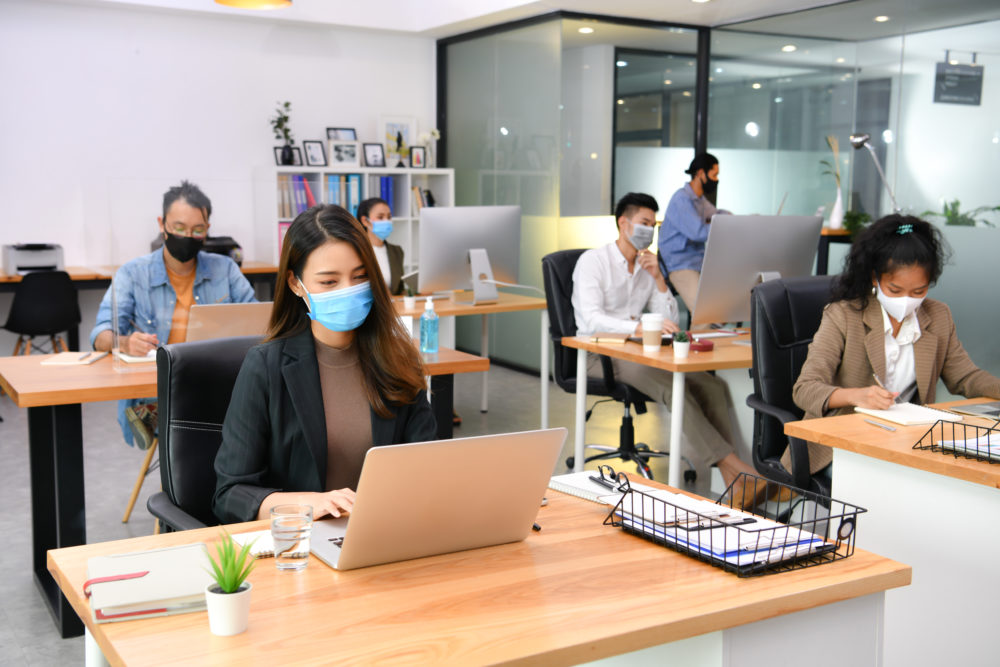Even despite a glut of talent that was laid off during the throes of the pandemic and with economies beginning to reopen and public health restrictions falling away, there are still half as many available workers for every open job across the country as there have been on average for the past 20 years.
Those figures are from the U.S. Chamber of Commerce, which on Tuesday released new data and launched a nationwide initiative to address the U.S. labor shortage.
The Chamber found that in several states and industries – especially education, health services and professional and business services – there are fewer job seekers than the total number of jobs open.
Further, the group also found that 91% of state and local chambers of commerce say worker shortages are holding back their economies, and 83% of industry association economists say employers in their sectors are finding it harder to fill jobs than it was five years ago.
From what I’ve heard, that’s also true in pro AV, an industry that was hit hard by the pandemic and still hasn’t quite rebounded in terms of employment and workforce development.
One AV recruiter told me that he is still having a hard time filling jobs, even a fair amount of unemployment in the industry.
Read Next: AV Leaders Need to Stay Nimble and Embrace Change Among Their Workforces
The firm’s jobs have doubled, but many of them remain unfilled. However, there are signs of the situation improving – at least in pro AV.
There are several reasons for the workforce shortage, and most agree on these main factors:
- Workers are still wary of contracting COVID-19.
- Collecting expanded unemployment benefits still outweigh the risks of exposure to the virus.
- People have gotten used to being at home and want to remain working at home.
Vaccinations are rising in the U.S. and virus cases are declining, which means these trends likely won’t last much longer. However, as we emerge from working at home for more than a year, we should now be ready to tackle some of those issues.
We now much more about hygiene and social distancing, and accommodations should be made to make everyone feel safe in the office. You might have to offer incentives for people to go back to work and get off unemployment assistance, but those expanded and two dozen U.S. states plan to end that relief early. Lastly, we’ve learned over the past year that a large chunk of us can do our jobs just as good at home, so you should be accommodating and offer flexible working options.










